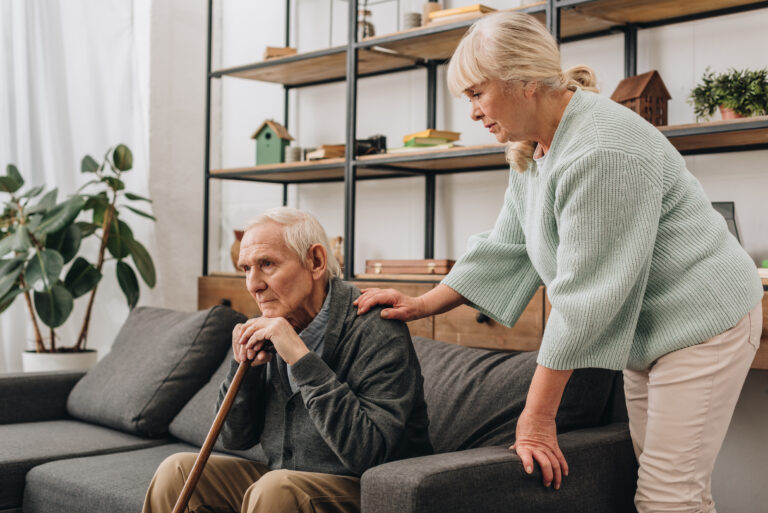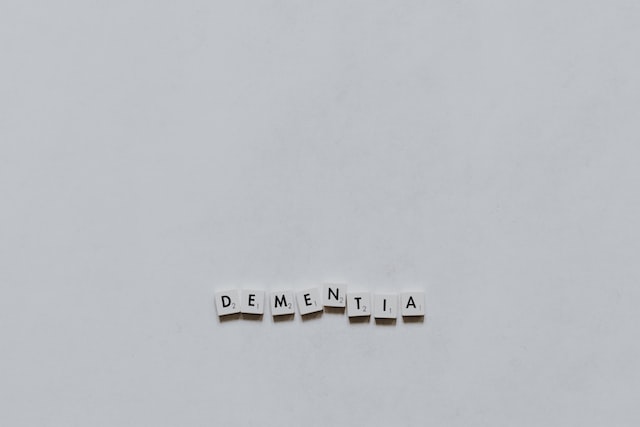Varicose veins are a common condition where veins become enlarged and twisted, often appearing as bulging, blue or purple lines under the skin. They are most frequently found in the legs and can cause a variety of symptoms, including swelling in the ankles. Understanding how varicose veins can lead to swollen ankles involves looking at the underlying causes and mechanisms of both conditions.
Varicose veins occur when the valves inside the veins stop functioning properly. These valves are crucial for preventing blood from flowing backward and pooling in the legs. When they fail, blood accumulates, leading to increased pressure within the veins. This pressure can cause the veins to swell and become varicose. Over time, this increased pressure can also lead to fluid leaking into the surrounding tissues, resulting in swelling, particularly around the ankles[3][5].
One of the primary symptoms associated with varicose veins is swelling, especially in the lower legs and ankles. This swelling is often accompanied by other symptoms such as aching or heavy legs, skin discoloration, and itching[1][3]. The swelling can become more pronounced after prolonged periods of standing or sitting, as these positions exacerbate the pooling of blood in the legs[1][9].
Chronic venous insufficiency (CVI) is another condition closely related to varicose veins. CVI occurs when the veins have difficulty returning blood to the heart due to valve malfunction or other issues. This condition can also lead to swelling in the ankles, along with other symptoms like skin changes and ulcers[2][4]. CVI often presents with symptoms such as bronzing of the skin around the ankles, which is a sign of chronic venous hypertension[2].
The relationship between varicose veins and swollen ankles is further complicated by the potential for complications. For instance, if left untreated, varicose veins can lead to painful ulcers forming near the ankles. These ulcers are a result of prolonged pressure and poor circulation, which can impede healing and lead to further complications[1][7].
Managing swollen ankles caused by varicose veins involves addressing the underlying venous issues. Lifestyle changes such as regular exercise, weight management, and elevating the legs can help reduce swelling and improve circulation[1]. Compression therapy, using medical-grade stockings, is also highly effective in managing symptoms of both varicose veins and CVI by providing support to the veins and promoting better blood flow[4].
In more severe cases, medical interventions such as endovenous thermal ablation may be necessary to treat varicose veins and alleviate associated symptoms like ankle swelling[8]. This procedure involves using heat to close off the affected veins, thereby reducing pressure and improving circulation.
It is essential to seek medical attention if symptoms persist or worsen over time. Early diagnosis and treatment can significantly reduce the risk of complications and improve quality of life for individuals with varicose veins and related conditions[1][3].
References:
[1] Bangkok Hospital. Early Treatment Helps to Terminate Varicose Veins.
[2] YNHH. Interest Swells in Chronic Venous Insufficiency.
[3] Great Lakes Medical Imaging. Top Questions Patients Ask About Vein and Venous Disease Treatments.
[4] Bauerfeind New Zealand. Chronic Venous Insufficiency (CVI).
[5] Legs Matter. Causes & Treatment – Lymphoedema / Oedema of Legs & Feet.
[6] Vein Institute. Ankle Swelling | Relief & Expert Care.
[7] Apollo247. Understanding Varicose Veins Causes, Symptoms, and Treatment Options.
[8] Dr.Oracle. How to manage varicose veins of the lower extremity.
[9] CACVI. When to Worry About Varicose Veins: Symptoms and Treatment.





